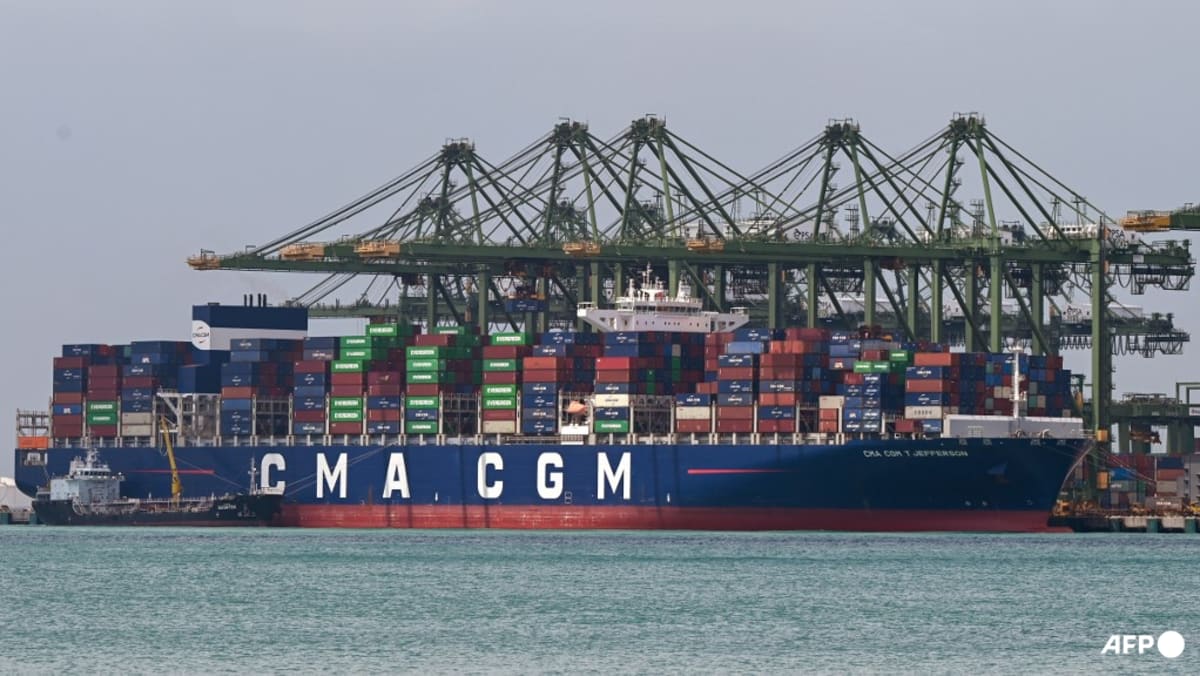SINGAPORE: Singapore’s non-oil domestic exports (NODX) contracted 20.7 per cent in March from a high base a year ago, with both electronics and non-electronics seeing declines.
The drop was worse than the 7.4 per cent contraction forecast by analysts polled by Bloomberg, and follows a 0.2 per cent decrease in February and a 16.7 per cent year-on-year expansion in January.
According to data released by Enterprise Singapore (EnterpriseSG) on Wednesday (Apr 17), electronic product exports contracted by 9.4 per cent year-on-year in March, following a 5.2 per cent increase a month earlier.
Telecommunications equipment, integrated circuits (ICs), and diodes and transistors contributed the most to the decline, falling by 38.8 per cent, 8 per cent and 11 per cent respectively.
Non-electronic exports declined by 23.2 per cent year-on-year in March, extending the 1.7 per cent drop in February.
The biggest declines were in pharmaceuticals, structures of ships and boats, and non-monetary gold, which fell by 70.3 per cent, 99.8 per cent and 49.1 per cent respectively.
NODX to the top markets as a whole declined in March, although NODX to China, Hong Kong and Taiwan rose, EnterpriseSG said.
The largest contributors to the decline in NODX were the United States with a 50.2 per cent contraction, the European Union with a 45.4 per cent contraction and Japan with a 36.5 per cent contraction.
On a year-on-year basis, total trade declined by 1.8 per cent in March, following the 3.5 per cent increase in February.
Both exports and imports fell, by 3.4 per cent and 0.1 per cent respectively.
Last week, advance estimates from the Ministry of Trade and Industry showed that Singapore’s economy grew 2.7 per cent year-on-year in the first quarter of 2024.
This was faster than the 2.2 per cent growth recorded in the last quarter of 2023.
On a quarter-on-quarter seasonally adjusted basis, Singapore’s economy expanded by 0.1 per cent, extending the 1.2 per cent expansion in the fourth quarter of 2023.
Advance gross domestic product estimates are computed largely from data gathered in the first two months of the quarter – January and February in this case.














